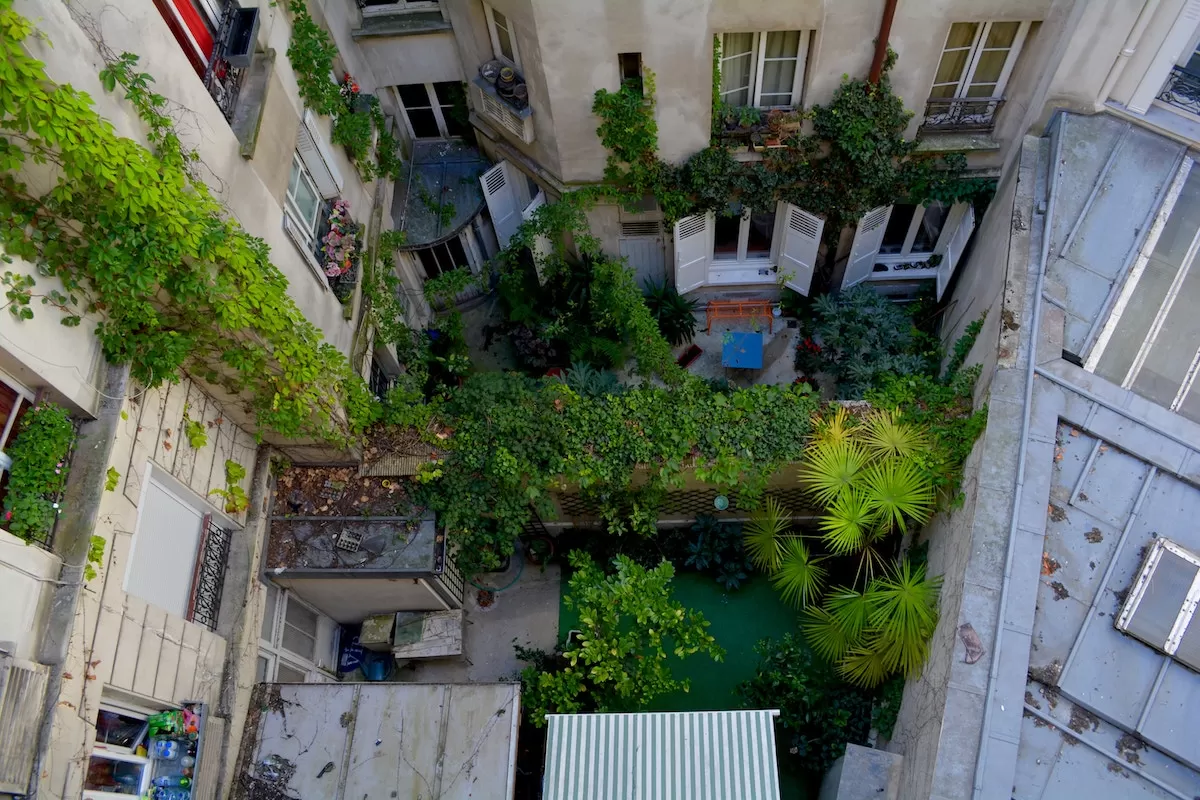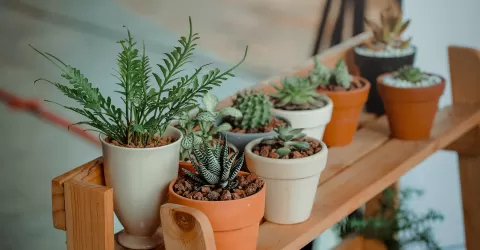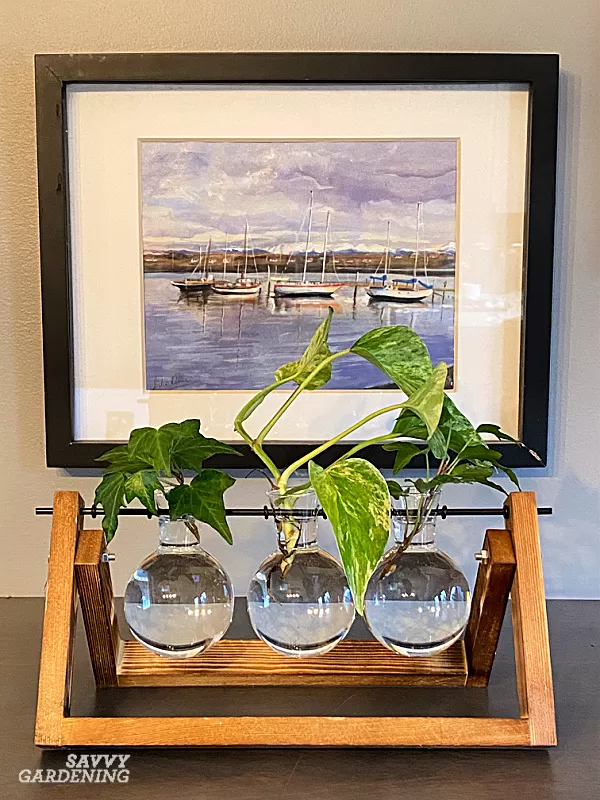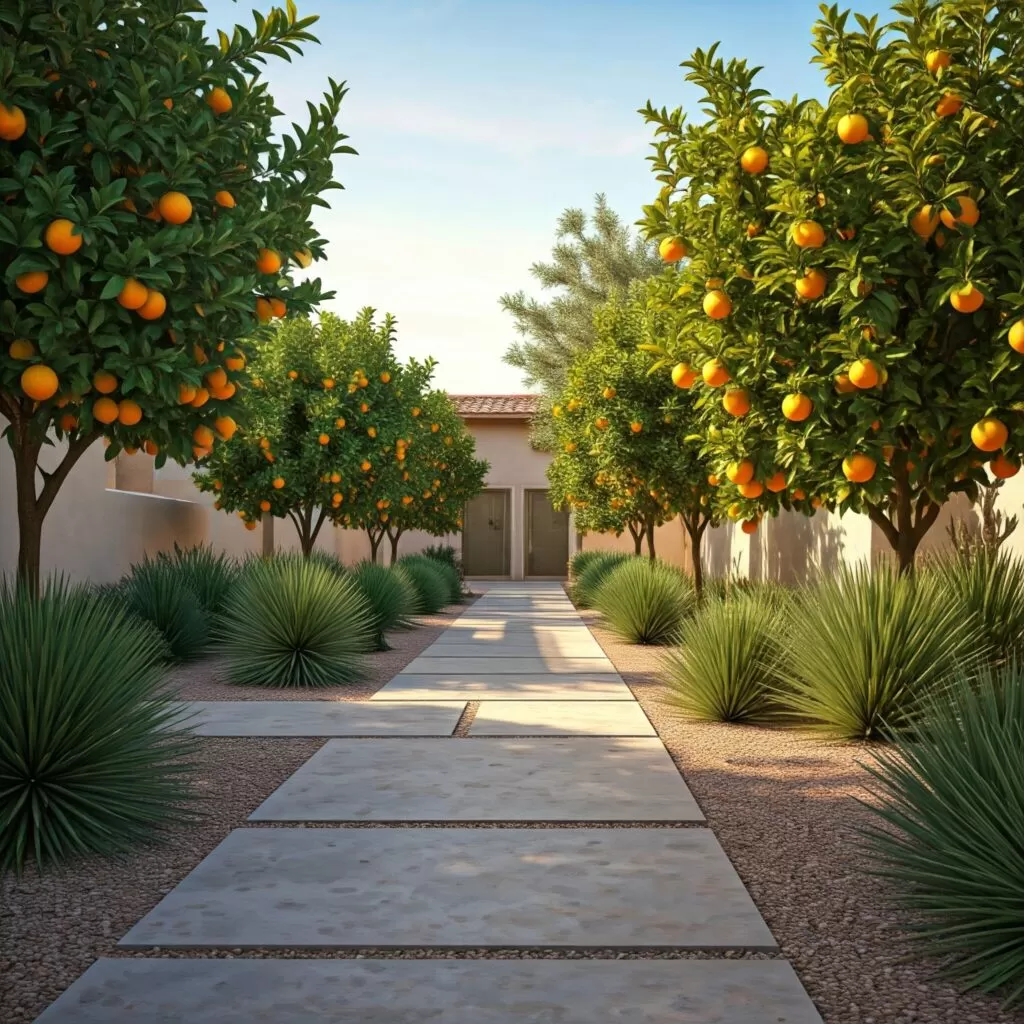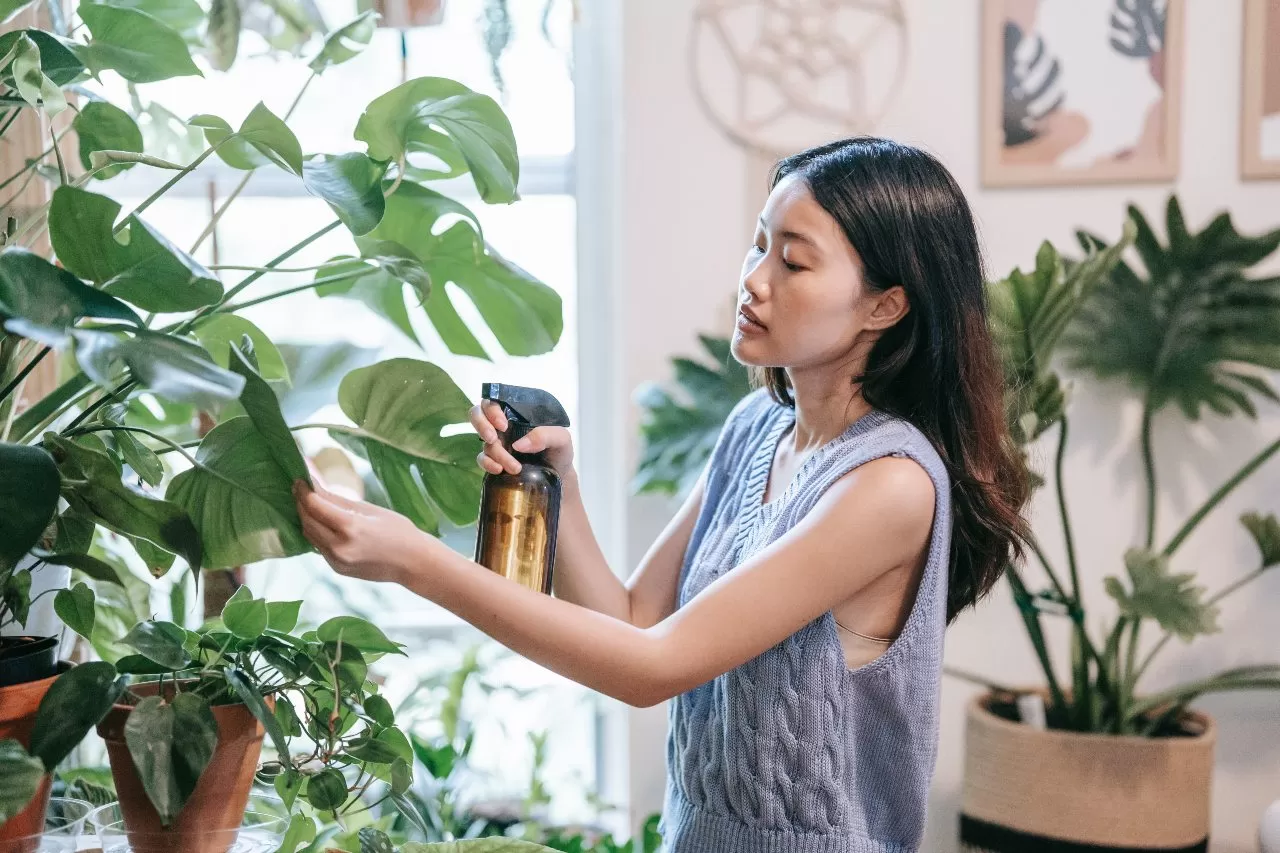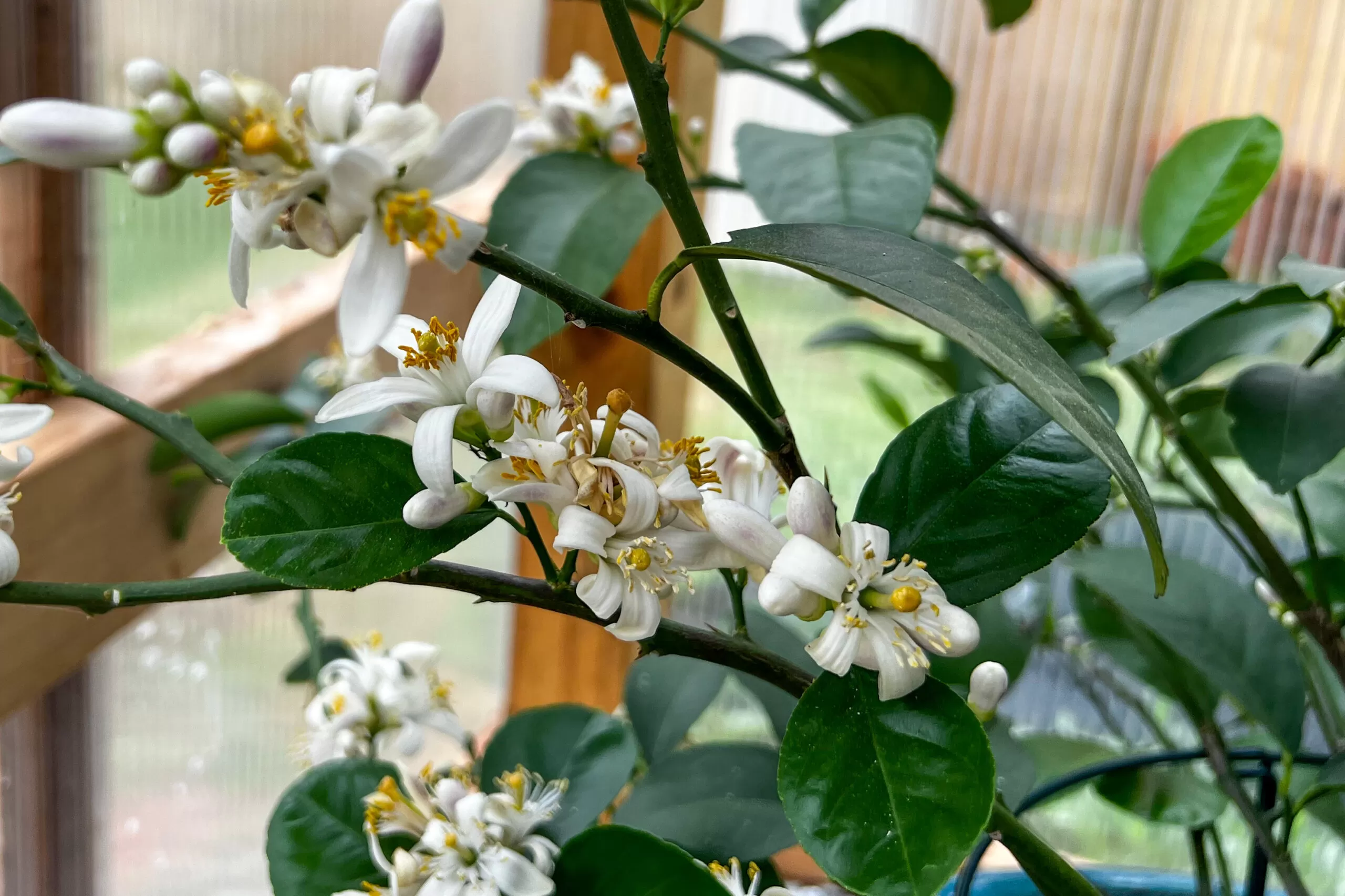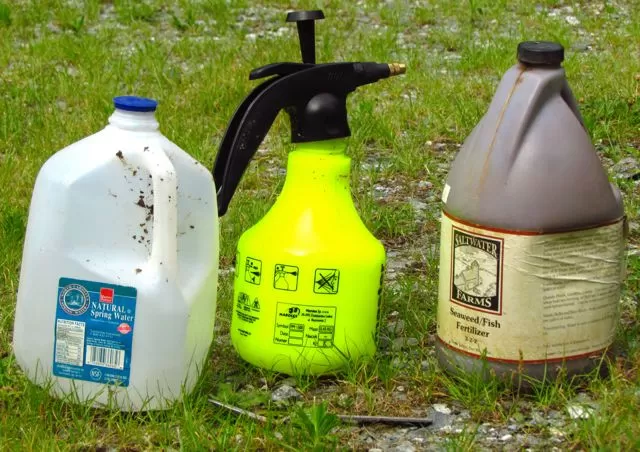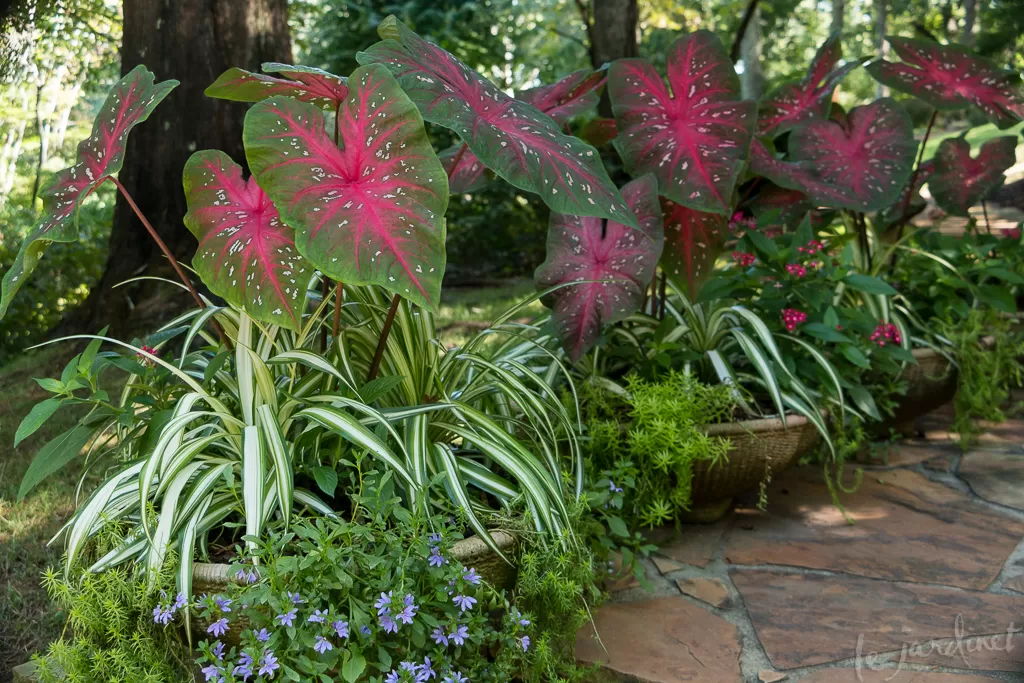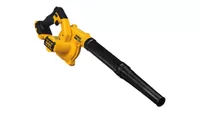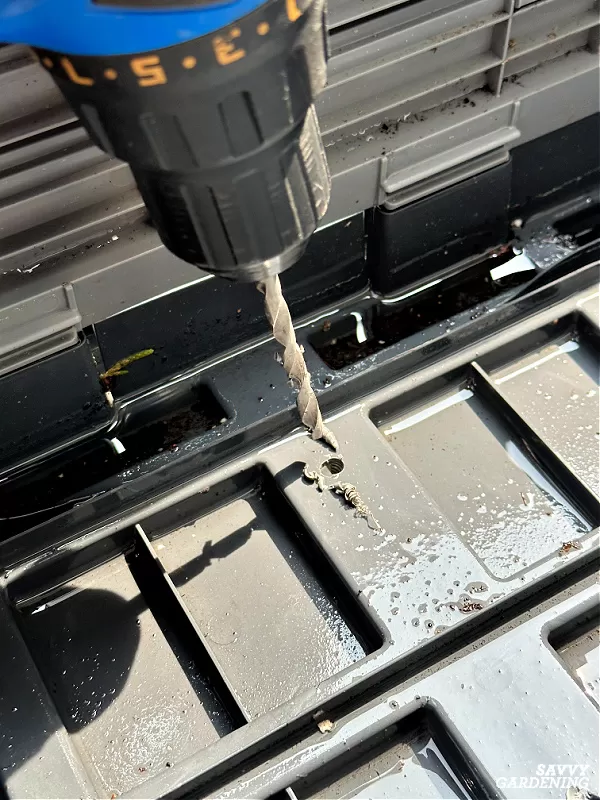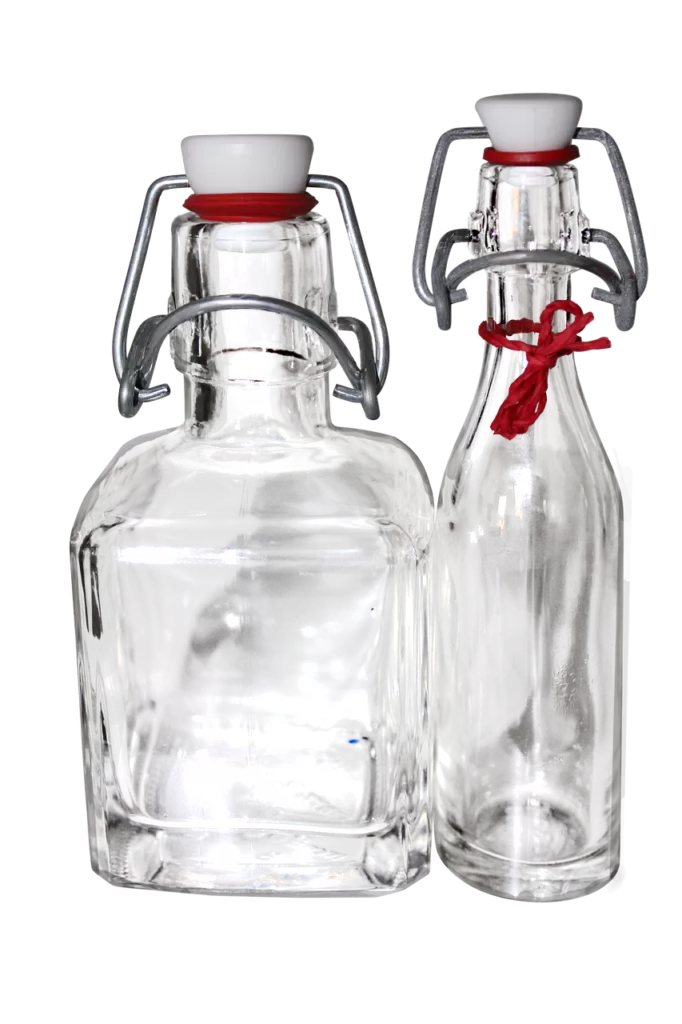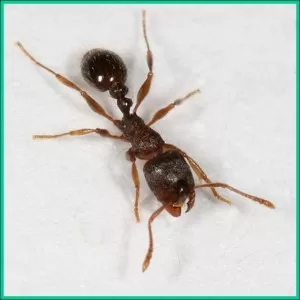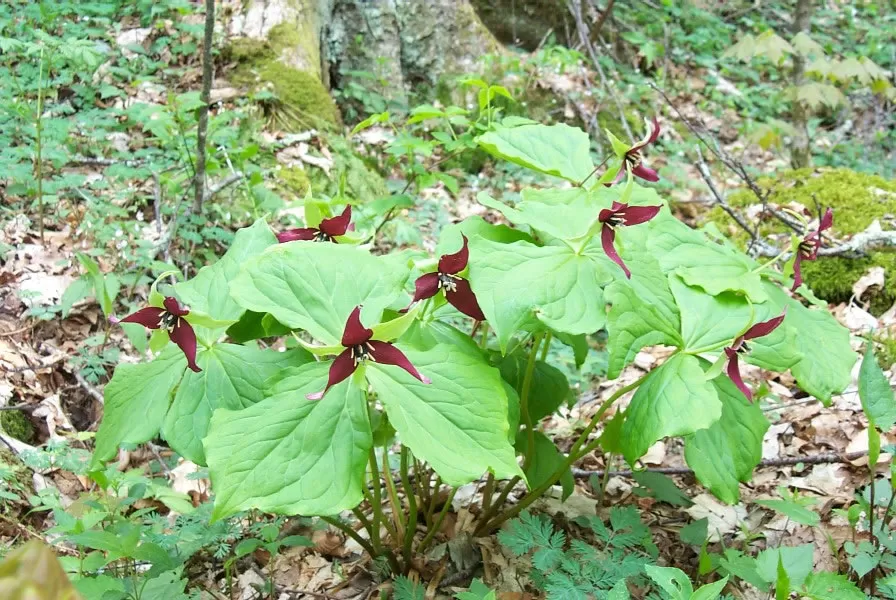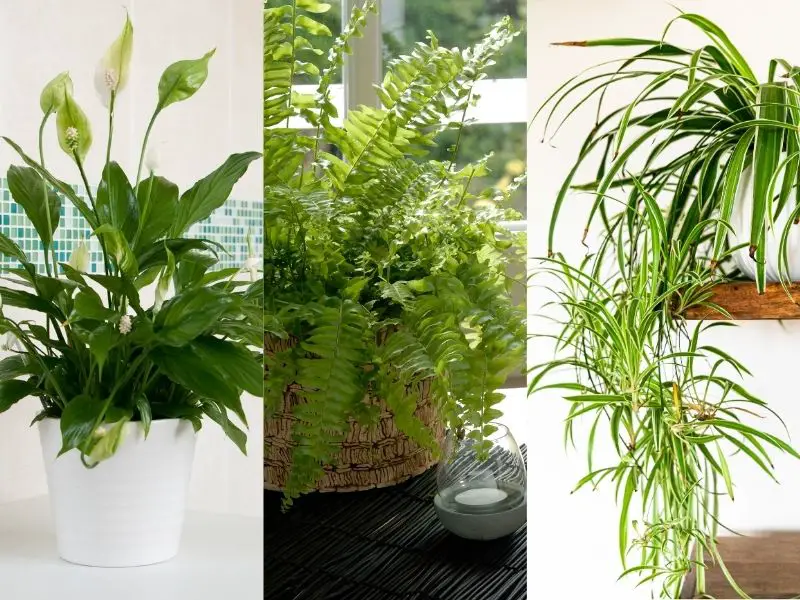Getting fresh, vibrant produce from your own garden can feel like a superpower, especially when the weather outside isn’t cooperating. Hydroponic indoor systems offer an exciting way to bring the garden inside, providing fresh herbs and vegetables literally steps from your kitchen. My own journey into the world of hydroponics started out of a need for consistent, fresh ingredients for cooking, coupled with a growing concern about the safety of store-bought greens.
Here’s a peek at what I discovered on my path to finding the best hydroponic indoor system:
- Hydroponic indoor systems make it possible to grow fresh produce year-round, regardless of climate.
- Choosing the right system involves considering factors like automation, reservoir size, and the ability to use your own seeds.
- Popular systems like AeroGarden, Click & Grow, and Gardyn offer different approaches to indoor growing.
- Vertical systems are often more space-efficient for growing a larger volume of plants.
- Personal experience and community insights can be invaluable when making a decision.
Like many home cooks and garden enthusiasts, I craved fresh ingredients at my fingertips, even during the coldest months. The thought of stepping into my kitchen and snipping fresh basil or harvesting crisp lettuce was incredibly appealing. This desire, combined with some widely reported food safety concerns over the years, sparked my quest for a reliable indoor gardening solution. That’s when I stumbled upon the fascinating world of hydroponic indoor systems – growing plants without soil, using nutrient-rich water.
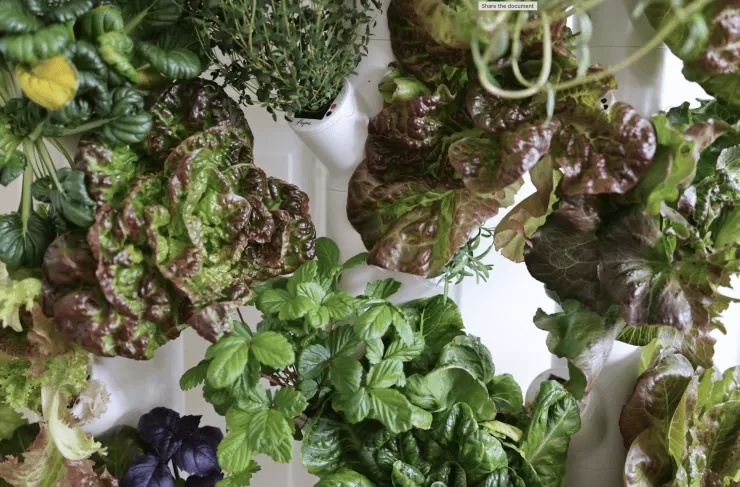 Thriving leafy greens growing in a hydroponic indoor system
Thriving leafy greens growing in a hydroponic indoor system
As a newcomer to this type of indoor gardening, ease of use was a major factor for me. I was particularly drawn to “smart” hydroponic systems that offered automated features, like watering and lighting, to simplify the process. The ability to eventually plant my own seeds, rather than being tied to proprietary seed pods indefinitely, was also a crucial consideration for long-term flexibility and cost-effectiveness.
Navigating the options for hydroponic indoor systems can feel overwhelming, but by focusing on my specific needs – primarily growing herbs and vegetables efficiently indoors – I narrowed it down to a few leading contenders. I wanted a system that could handle more than just a few herb sprigs and felt like a genuine step towards supplementing our fresh produce needs right from home. Let’s explore the systems that were on my radar.
Contents
Exploring Popular Hydroponic Indoor Systems
When researching the best hydroponic indoor systems available, a few names consistently appeared. Each offered a different approach, appealing to various needs and spaces. My personal journey involved trying some of these systems firsthand, while others I evaluated based on research and user feedback.
AeroGarden
AeroGarden is perhaps one of the most well-known names in the home hydroponics space, often appearing at the top of lists for popular hydroponic indoor systems. They offer a range of sizes, from small countertop models perfect for a few herbs to larger “Farm” units designed for more substantial yields. I actually owned a smaller AeroGarden Bounty Elite, which I used successfully for herbs and found quite convenient.
 An AeroGarden smart garden system growing herbs indoors
An AeroGarden smart garden system growing herbs indoors
However, when considering their larger systems like the Farm 12XL or Farm 24XL for growing vegetables, I had reservations. These systems mimic traditional container gardening by growing plants “from the ground up,” which didn’t strike me as the most space-efficient design for indoor use, especially when compared to vertical options. Reviews I read seemed to echo this point. While AeroGarden is a household name with ample user reviews, I ultimately didn’t try their larger models because I prioritized vertical space utilization and volume for growing a variety of produce. While they might be better suited for larger, traditional vegetable plants like tomatoes, the space required and the potential need for hand-pollination felt less ideal for my indoor setup compared to waiting for the outdoor gardening season.
Click & Grow Smart Garden
The Click & Grow Smart Garden was my very first foray into hydroponic indoor gardening. I started with a small 3-pod unit and later moved up to the 9-pod model, using them for years to grow a steady supply of herbs throughout the winter. For someone primarily interested in a simple, attractive kitchen herb garden, the Click & Grow systems are fantastic. The Smart Garden 9, in particular, provided enough herbs for regular use.
 A Click & Grow hydroponic system with various plant pods
A Click & Grow hydroponic system with various plant pods
However, when I wanted to expand beyond herbs and grow actual vegetables, I found the Click & Grow’s space limiting. Plants, even herbs, would often quickly outgrow the available height and light, requiring them to be moved or harvested frequently. While some users report success growing smaller vegetables like tomatoes or peppers, my own attempts weren’t as fruitful. I also encountered issues with mold developing in the reusable seed pod filters over time, which was frustrating despite the “smart soil” pods containing nutrients and allowing for easy transplanting outdoors if desired.
Despite these limitations for growing larger vegetables, the Click & Grow systems are incredibly easy to set up, clean, and maintain. Their sleek design makes them aesthetically pleasing on a kitchen counter. For dedicated herb gardeners, I still think it’s one of the best smart garden options available, offering a hassle-free way to keep fresh herbs on hand.
Gardyn
After researching various options and experiencing the limitations of smaller systems for growing vegetables, I decided to try Gardyn. At the time, it felt like a bit of a leap as they were a newer company compared to the established players. However, after diving into their story, reading reviews, and connecting with existing users in their online community, I felt confident in taking the plunge. Looking back, I now feel Gardyn is among the best hydroponic indoor systems for balancing both herbs and a significant volume of vegetables.
 A modern Gardyn vertical hydroponic indoor garden system
A modern Gardyn vertical hydroponic indoor garden system
The Gardyn unit itself is visually appealing, designed as a vertical tower that efficiently uses space by growing up rather than out. One smart feature is the use of coded pods, which the system reads to provide tailored tips and reminders via an app – things like when to harvest or adjust lighting. The pods are biodegradable, a nice touch if you want to transplant outdoors, though I learned the hard way they aren’t meant for dishwasher cleaning. Thankfully, the system uses standard rockwool, allowing you to purchase your own for a fraction of the cost and plant any seeds you choose, freeing you from relying solely on the company’s pod selection. This independence was a major selling point for me.
For growing vegetables, the Gardyn truly shines. It can accommodate up to 30 plants simultaneously, which is fantastic for cultivating a variety of leafy greens, herbs, and even some fruiting plants. I love loading mine up with different types of lettuce and a wide assortment of herbs. I position the leafier greens towards the top, herbs in the middle, and bushier plants like celery, swiss chard, mustard greens, or even strawberries on the outer columns. I’ve successfully grown smaller fruiting plants like tomatoes and peppers, and seen others in the community experiment with beans and even flowers. Essentially, anything that grows above ground seems possible.
 A Gardyn hydroponic indoor garden overflowing with leafy greens in a home
A Gardyn hydroponic indoor garden overflowing with leafy greens in a home
My first Gardyn was incredibly productive, delivering an abundance of fresh greens and herbs.
 Variety of herbs and vegetables growing in a Gardyn hydroponic indoor garden
Variety of herbs and vegetables growing in a Gardyn hydroponic indoor garden
In subsequent years, I became more adventurous, experimenting with strawberries, peppers, and chamomile. While I enjoy the variety, I still find myself gravitating back to growing large quantities of lettuce and herbs simply because we use them so much. One challenge I did face was introducing new plants from outside that unfortunately brought spider mites into the system, requiring a thorough cleaning and restart – a valuable lesson learned about indoor plant hygiene!
The sheer volume of greens you can harvest from a fully mature Gardyn is impressive. It genuinely feels like having a productive garden indoors.
 Abundant harvest of fresh lettuce and herbs from a home hydroponic indoor system
Abundant harvest of fresh lettuce and herbs from a home hydroponic indoor system
There are a couple of potential downsides to the Gardyn system. After the initial month, there’s a membership fee required to maintain the automatic alerts and watering features. However, I personally found that the first month provided enough guidance that I felt comfortable managing the system manually afterwards without the membership, and my plants continued to thrive. The membership does include a monthly supply of pods, but my first set of 30 pods lasted several months, so I didn’t see the ongoing value for my needs.
Cleaning the Gardyn is also a more involved process than with smaller systems like the Click & Grow due to its size and complexity. It’s recommended monthly, and while not overly difficult, it does take some dedicated time. Harvesting everything and starting fresh with all new pods is also a project.
Despite these minor points, my overall experience with the Gardyn has been overwhelmingly positive. It took about a month to see significant growth, and in cooler indoor temperatures, some initial pods didn’t sprout, but the company provided replacements free of charge. I feel confident in its ability to provide us with fresh produce for years to come and don’t currently see a need for a different system. Based on my journey and results, the Gardyn stands out as the best hydroponic indoor system I’ve found for a home seeking both abundant herbs and a variety of vegetables.
Final Thoughts on Hydroponic Indoor Systems
Exploring hydroponic indoor systems has been a rewarding experience, transforming unused indoor space into a source of fresh, healthy food. Whether you’re looking to keep herbs on hand for cooking, supplement your vegetable intake during off-season months, or simply enjoy the process of growing plants indoors, there’s a hydroponic system out there for you. My journey led me to appreciate the different features and capabilities of various systems, from the simplicity of Click & Grow for herbs to the impressive volume and versatility of Gardyn for a mix of greens and vegetables.
Having fresh greens and herbs readily available indoors is a game-changer for anyone who loves to cook or eat healthy. It provides peace of mind knowing exactly where your food comes from and eliminates the need for frequent trips to the store for leafy greens. While there’s a learning curve with any new gardening method, the rewards of harvesting your own vibrant produce indoors are immense.
What’s been your experience with hydroponic indoor systems? Have you tried any of the systems I discussed, or do you have a different favorite? Share your thoughts and questions in the comments below!

